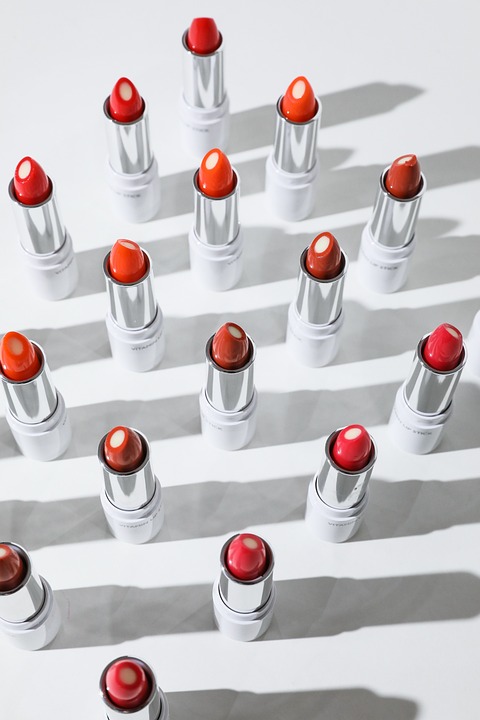As summer approaches and the sun begins to shine brighter, many consumers rush to stock up on sunscreen. Given the plethora of options available in stores and online, finding the right sunscreen can be overwhelming. Advertisements tout various brands as "best-in-class," but are they truly effective? In this article, we delve beyond the bottle and test the hype surrounding popular sunscreens to see if they live up to their claims.
Understanding Sunscreen Basics
Before diving into specific products, it’s essential to grasp the key elements of sunscreen. The primary function of sunscreen is to protect the skin from harmful ultraviolet (UV) rays. UV rays are divided into two types:
- UVA Rays: These rays penetrate deeply into the skin and contribute to premature aging and wrinkles. They are also linked to skin cancer.
- UVB Rays: These rays are responsible for sunburn and play a significant role in developing skin cancer.
To gauge the effectiveness of sunscreens, it’s crucial to consider their Sun Protection Factor (SPF). The SPF rating indicates the level of protection against UVB rays—the higher the SPF, the greater the protection. However, it’s important to remember that SPF does not reflect UVA protection; thus, consumers should seek broad-spectrum formulations that protect against both types of UV rays.
Popular Sunscreens Put to the Test
The market offers an array of sunscreen options, from sprays to lotions to sticks. Here are several popular sunscreens that have garnered attention, and how they performed in a series of tests designed to evaluate effectiveness, texture, scent, and overall user experience.
1. Neutrogena Ultra Sheer Dry-Touch Sunscreen SPF 100
Claims: This sunscreen is touted for its lightweight, non-greasy feel and high SPF rating.
Test Results: In terms of protection, it performed excellently, providing broad-spectrum defense. The texture was incredibly lightweight and easy to apply, absorbing quickly without leaving a oily residue. The scent was mild and pleasant.
Verdict: This sunscreen lives up to the hype, making it a solid choice for those seeking high SPF coverage without the heavy feel.
2. Coppertone Sport Sunscreen Lotion SPF 50
Claims: Promises to be sweat-proof and water-resistant for up to 80 minutes.
Test Results: After rigorous physical activity and brief exposure to water, the sunscreen maintained its protective qualities. However, it required reapplication after 90 minutes, which is crucial for outdoor enthusiasts. The lotion was thicker than others and left a bit of a sheen on the skin.
Verdict: A reliable option for active individuals, though users should be diligent about reapplication.
3. EltaMD UV Clear Broad-Spectrum SPF 46
Claims: Specifically formulated for sensitive skin, offering protection while calming inflammation.
Test Results: The formulation was gentle, non-comedogenic, and effective for those prone to breakouts. It absorbed quickly and provided a matte finish, ideal for daily wear under makeup. The scent was minimal, which many users appreciated.
Verdict: A favorite among those with sensitive skin, this sunscreen effectively balances UVA and UVB protection while keeping skin clear.
4. Supergoop! Unseen Sunscreen SPF 40
Claims: Marketed as an invisible sunscreen that doubles as a makeup primer.
Test Results: Its clear gel formula glided on effortlessly and blended immediately into the skin. It created a smooth surface for makeup application and offered great protection. However, users should note that its lower SPF compared to others means more consistent reapplication is necessary.
Verdict: Great for makeup users who want sun protection without compromising on aesthetics.
5. Aveeno Positively Mineral Sensitive Skin Sunscreen SPF 50
Claims: Designed for sensitive skin, this mineral sunscreen promises broad-spectrum protection with natural ingredients.
Test Results: Many testers appreciated its use of natural ingredients and found it soothing on the skin. However, the consistency was thicker than chemical sunscreens, and it left a noticeable white cast, particularly on deeper skin tones.
Verdict: Effective for sensitive skin, but the appearance may not be favorable for all users.
Conclusion: The Right Choice for You
When navigating the sunscreen aisle, it’s vital to look beyond the marketing hype and focus on ingredient efficacy, user experience, and individual skin needs. The tested sunscreens each provide unique benefits, ensuring that there’s a product for almost every preference and requirement.
As a general rule, always conduct a patch test when trying a new product, use enough sunscreen (about an ounce for full-body coverage), and remember to reapply every two hours—or more frequently if swimming or sweating. Following these guidelines can help ensure you enjoy your time in the sun while minimizing the risk of UV damage. Ultimately, the best sunscreen is the one you’ll use consistently, so choose a formula that fits seamlessly into your lifestyle.
